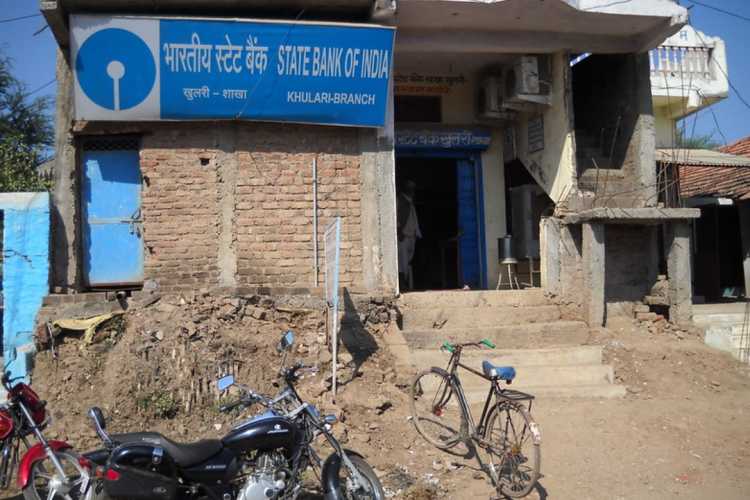For an economy to grow, its banks must actively participate in and facilitate the growth process. Banking institutions play a crucial role in providing the necessary financial resources, expertise, and infrastructure to support businesses, consumers, and government initiatives. However, for lenders to effectively contribute to economic growth, they must cultivate social capital—trust, networks, norms, and shared values—that create a stable and supportive financial ecosystem. Societies thrive when members can rely on each other, highlighting the profound impact of social capital on economic stability.
Central banks play a pivotal role in maintaining monetary stability, which is essential for fostering social capital. Money functions as a store of value, unit of account, and medium of exchange, making it fundamental to trade, commerce, and daily interactions. Monetary stability helps build trust, a cornerstone of social capital. By promoting values such as trust, stability, predictability, confidence, and credibility, central banks contribute to the implicit social contract between society and these institutions. Social capital, built on trust, norms, and values, generates positive externalities that reinforce the economy’s reliance on trust and confidence.
READ | India’s technical textiles industry warms up for a greener future
Investing in social capital
Social capital does not develop on its own; it requires investment in economic, social, and environmental infrastructure, including institutions like central banks. These institutions must also adapt to change to foster social capital effectively. Historically, central banks were established to address monetary instability. For instance, Sweden’s Sveriges Riksbank, founded in 1668 after the failure of Stockholms Banco, and the Bank of England, established in 1694 to fund the war against France, emerged as stabilising institutions. More recent central banks, largely founded in the 20th century, have mandates to ensure price stability and act as lenders of last resort during financial crises.
Monetary and financial stability are crucial for sustainable growth. Episodes of inflation and financial instability erode social capital. Preserving trust in the currency’s value is one of the most significant contributions central banks can make to rebuild social capital. As digitalisation advances, central banks must ensure efficiency, innovation, and security in payment systems to maintain monetary and financial stability.
Financial literacy and inclusion
Financial literacy and inclusion initiatives are essential for promoting fairer economic outcomes. Behavioural economics insights are crucial for designing effective financial regulations and consumer protection measures. While regulators often expect financial institutions to champion financial literacy, a lack of transparency and commitment persists. Digital finance’s token gestures pose risks to financial systems and consumer trust. A more concerted approach to financial literacy and inclusion is essential to strengthening social capital.
As central banks take on expanded roles, public expectations grow. Today, many central banking institutions are involved in micro-prudential supervision, consumer protection, and financial literacy initiatives. While these objectives are essential for building social capital, expecting central banks to meet every societal need may be unrealistic. Despite numerous financial crises, public perception remains that banks primarily serve institutional and individual needs rather than societal ones. Regulations alone cannot build the social foundation finance needs to thrive.
Social responsibility of Indian banks
A broader vision is required to rethink the purpose of finance and the principles banking institutions should uphold. While some argue that banks’ primary objective is maximising shareholder value, others believe that banks must consider their ‘social licence’ and contribute to societal goals. But do Indian banks—apart from a select few—have a social purpose embedded in their DNA?
The Indian banking sector, skewed toward serving corporates and government businesses, contrasts with markets where these segments rely on bond markets. This imbalance disadvantages retail and small business borrowers and poses risks if credit availability is politicised. Often, banks’ CSR initiatives prioritise annual reports over genuine social equity, and fragmented programs reflect token efforts rather than a cohesive social mission. Without a focus on these underserved segments, social capital may accumulate among non-financial stakeholders, like government agencies and grant providers.
Building social equity is a broader role banking institutions can fulfil. Challenges in measuring impact, defining goals, and addressing systemic risk have hindered action on social issues. Banks must focus more on their clients’ actions and value chains, recognising inequity as a systemic risk to the financial system. As the transition toward sustainability and ESG frameworks becomes critical, banks will need to integrate social and climate strategies and break down organisational silos.
What steps can the RBI take to instil a sense of social responsibility within India’s banking institutions? The RBI could introduce regulatory measures that ensure banks participate actively in strengthening social solidarity, a foundation upon which markets and societies depend. It could also create incentive structures for bank leaders to prioritise social goals, recalibrate rewards, and encourage a cultural shift within the sector. For a nation as vast and dynamic as India, now is the time to begin integrating social capital into the core of its financial institutions.

